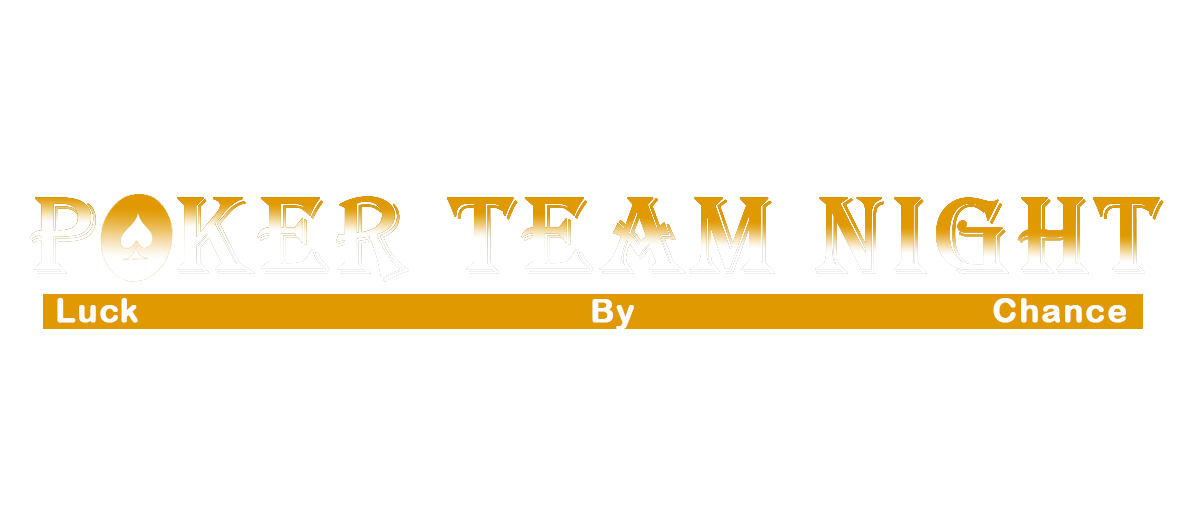So, what does check mean in poker? The first universal sign used by players when they are betting is to tap the poker table with one’s own hand. Players who then open would then be confronted with either a raise call or fold by all the other players in the game. When one calls, they don’t need to place anything into the pot unless, of course, they’re playing with a high-low split poker table and/or a no-limit game. This means that, generally speaking, a player calling raises is bluffing.
However, sometimes a player bails out just before their opponent can fold: by simply staying in the game and making a few repeated bets. This is called re-raising. If you re-raise a value higher than your opponent’s can cover, then you’re probably going to win. However, this is where a good Texas Hold’em poker strategy can come in handy. For example, if you’re a player who is willing to fold high after re-raising to their opponents, you have an upper hand and can take the pot because you now have greater strength.
So, how does re-raising work in a no-limit game? If you are a no-limit player, you are basically bluffing, so the only way to know if you’re going to re-raise is by watching what your opponents are doing. If they are folding, then obviously you are going to fold as well, but watch and analyze whether they follow through with their re-raising. In a no-limit game, if a player has the option to fold to your bet (even if it’s a bad one) then they will do so because they want to lose that pot rather than take it if they fold. The key here is for them to realize that they could lose both that pot and the money in it if they don’t re-raise.
You can use this same philosophy when playing in multi-table tournaments: Let’s say, for instance, your opponent is a four-card player who is starting the tournament with a strong hand of cards like Ace-King queens and Jacks or King queens. If you understand how your opponent is likely to fold, either because they have a poor hand or because they are scared off by the size of your raise, then you can either make a strong re-raise with something that player would likely fold to, or a weak re-raise that won’t hurt you if it doesn’t work. Either way, you’ll end up winning the pot because you took out a better player’s money instead of his strong five-card hand.
Another example: Player A goes all-in with Jokers: Player B calls pre-flop with A-K Q-J-A. What does this do? Well, if Player B folds pre-flop (because he was dealt a poor hand), then Player A can make a strong re-raise with Ace-K-Q-J-A, and if Player A folds when the flop comes, then Player B has another strong hand and can make a very large re-raise with Ace-K-Q-J-A.
So, what does check mean in poker? When you play poker, you simply follow the rules of the game. If you think a player is holding a good hand, you simply play your best bet and try to make a pot of it. But if you think a player has a bad hand, you play conservatively and try to keep your bankroll small.
And if you play a combination of both, you play safely and build up your winnings while building your chip stack at the same time.
